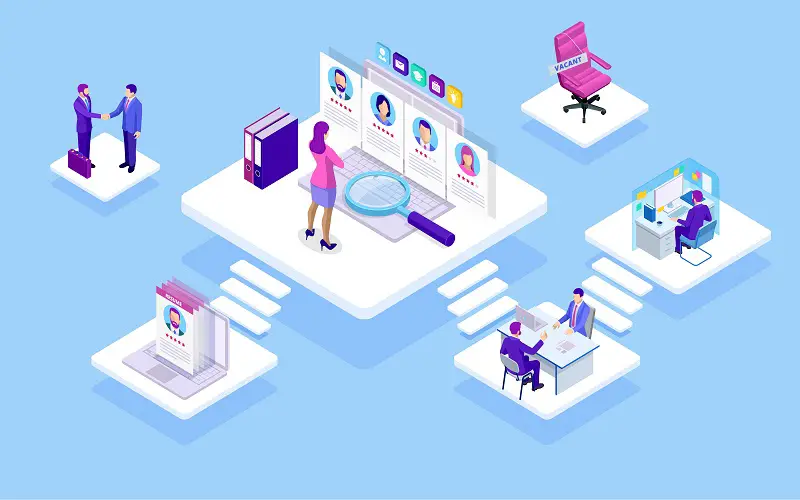Analytics and business intelligence are inextricably linked. Large-scale businesses have improved their systems’ customer experience and boosted their profit margins by utilizing data.
Human capital management (or HCM) has a collection of rules and procedures to assist businesses in employing, growing, and maximizing their staff, including analyzing and reporting worker-related data.
Workforce data employ data-driven methods to improve workforce planning and management. It examines the influence of team member behavior and other factors on the company’s overall success. It assists businesses in identifying possible problems and making educated decisions about how to achieve their development objectives.
Importance of Workforce Data
A business may better understand previous employee-related trends and develop prediction models for future behaviors, risks, and improvements by analyzing workforce data.
With this increased data set, it’s also easy to analyze future workplace changes and uncover methods to automate routine operations and minimize useless work.
It’s also feasible to see how different departments operate together and grasp the dynamics that influence how teams work together to achieve common goals. So, here’s what you need to know on why you should invest in a Workforce Data or HR Database.
1. Helps Determine The Right Employee
Understanding team member data, such as their talents, experience, and performance indicators, may help uncover high-potential individuals in your company, as well as provide insight into the attributes that make them a better match for the specific job.
Organizations may use workforce data to find benefits concerning high-performing workers who stay with them for a long time. It can assist businesses in determining where they find the top applicants and whether they are losing members along the way.
The cost of recruitment and the pipeline of applicants can be reduced due to this. In the long run, this also aids recruiters in fine-tuning their decision-making skills, as well as identifying the best traits for forthcoming applicants to maximize the recruitment budget.
2. Helps Address Knowledge Gaps
Companies can uncover possibilities for cross-training or upskilling to develop a more well-rounded staff by exploiting worker data. They may also be able to spot any knowledge gaps that need to be addressed accordingly for personnel to perform to the company’s high expectations.
Data on the workforce will be crucial as this may also help determine where and how to re-skill candidates or workers for a suitable position in the company.
Companies can better deploy resources for continuing training and support team culture by identifying these knowledge gaps. Team member engagement and turnover can also be improved by tackling skills shortages.
3. Achieves Fair Pay
Knowing and ensuring that your business pays fairly is learning how big groups of companies similar to yours pay their employees.
Organizations may achieve equitable pay by analyzing and refining their compensation policies. Workforce data may be used to evaluate potential candidate offers, offer considerations, and raises.
It allows the organization to compare team members’ salary profiles, incentive scores, performance evaluations, and characteristics with other teams or comparable roles. It may provide an advantage when top applicants evaluate numerous job possibilities, or highly skilled workers consider turning over.

4. Monitors Employee Engagement
Employees invested in the company’s success are happy to devote themselves to it. They are acquainted with the organization’s mission, values, and objectives.
Areas like performance reviews, analytics, and big data have shown considerable potential. To fully understand a team member’s contribution inside a business, it’s essential to use cloud-based tools that provide data analysis.
Workforce data can reveal areas where duties can be automated and delegated using technology, freeing up team members’ time to focus on more critical and valued tasks. On the other hand, higher-ups may follow up with lagging team members by evaluating data metrics in real-time.
5. Creates Better Criteria For Hiring
Regardless of a company’s size, finding fresh talent is always challenging. Based on prior candidates, their success, and their goals, workforce data can reveal precisely what a department needs from a recruit.
They can also assess fresh applicants based on data to evaluate whether or not they are a suitable fit. Workforce data may help discover eligible workers more quickly. It also gives more value to the hiring and onboarding process.
Moreover, it enables businesses to set the tone for a positive experience for both parties. It also potentially increases team member retention.
Conclusion
Team members must connect in new ways that may not be achievable in a typical office setting in today’s remote work environments. Using data to get fresh insights is a practical method to make the most of technology while also providing your staff a chance to succeed.

